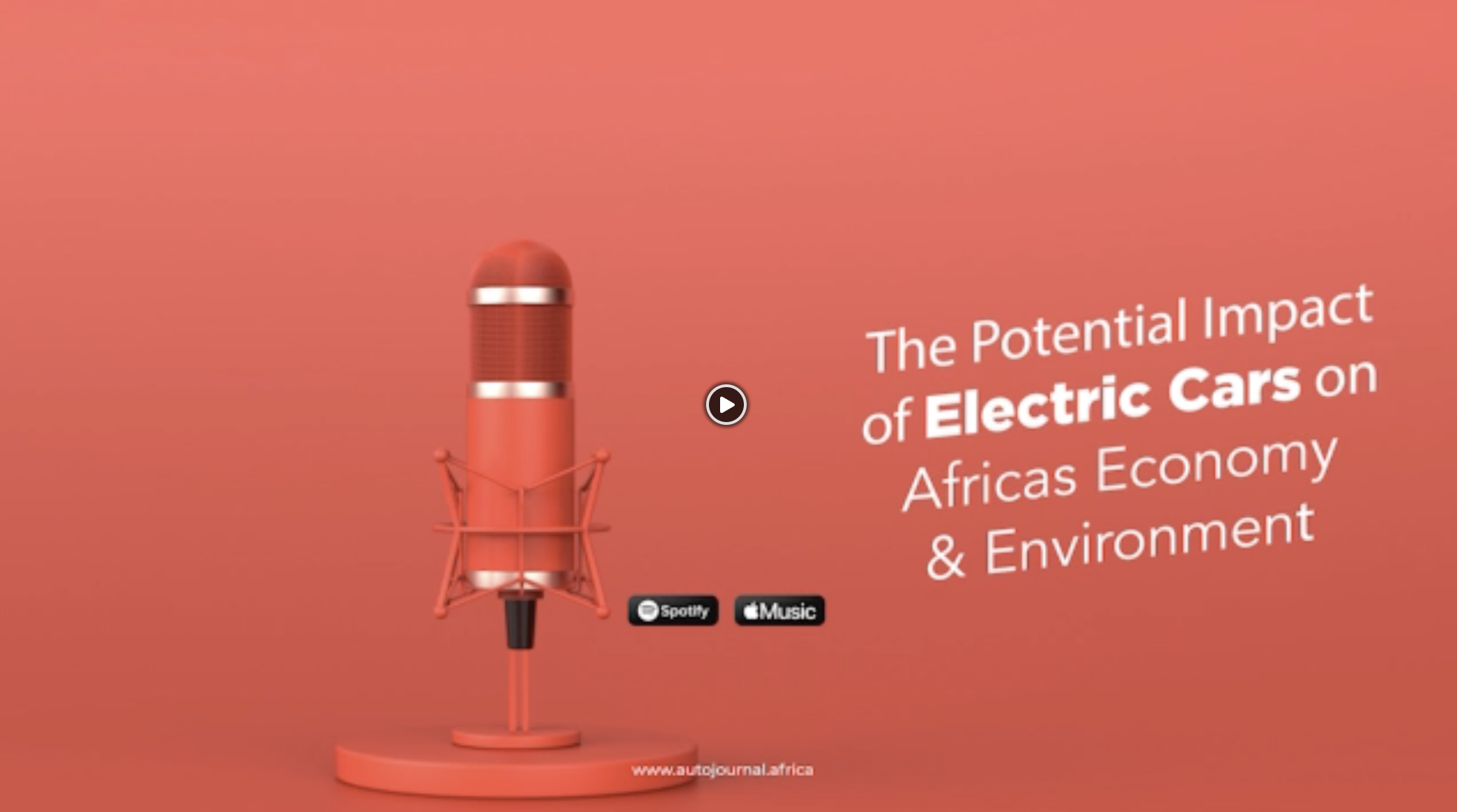As summer travel reaches its peak, the airline industry is soaring with activity, witnessing a substantial surge in seat capacity compared to last year. The months of July and August have seen a remarkable milestone: more than a billion seats scheduled for travellers. This surge is a positive sign of increased demand and a gradual rebound from the pandemic’s impact on the aviation sector.
While this impressive number signifies a step towards recovery, it’s important to note that the current seat capacity remains slightly below the levels observed before the pandemic struck. The growth has been particularly prominent in Asia and the United States. Some countries, like Mexico and Greece, are witnessing significant improvements in seat availability, while others, including Germany, are experiencing declines.
In comparison to the same period in the previous year, airlines have remarkably escalated their efforts. In 2022, approximately 900 million seats were made available during these two months. This year, however, the skies have been made busier with a remarkable 10% increase in seat capacity for July and August.
![Airlines summer travel [Photo Credit Peakpx]](https://autojournal.africa/wp-content/uploads/2023/08/Airlines-summer-travel-Photo-Credit-Peakpx.jpg)
The United States, being a key player in the airline market, anticipates a 10% increase in seat capacity, reflecting the significant recovery experienced last summer. However, when compared to 2019, the growth is only marginal at 1%. This is in contrast to China, which has managed a 10% growth due to the proliferation of domestic flights.
Cirium, a reputable aviation analytics firm, has highlighted some standout performers in terms of seat capacity growth. Mexico and Greece have truly stood out, with a 19% and 17% increase in seat availability respectively. Turkey has also showcased its resilience with a notable 10% rise in seat capacity.
However, not all markets have seen such positive trends. Some countries, including Japan, the UK, France, and Colombia, have experienced a decrease in capacity this year compared to 2022. This decline is more pronounced in Germany and Southeast Asian countries like Thailand, Indonesia, and Malaysia, where seat capacity is down by over 20%.
Travel patterns also reflect seasonal trends across different regions. In the Northern and Southern Hemispheres, travel patterns tend to correlate with the respective seasons. For instance, Southeast Asia’s peak travel season is during the northern winter, as opposed to the northern summer.
![Airlines summer travel [Photo Credit Peakpx]](https://autojournal.africa/wp-content/uploads/2023/08/Airlines-summer-travel-Photo-Credit-Peakpx-2.jpg)
Read more on American Airlines announce $125 million project to redevelop JFK Terminal 8




![Airlines summer travel [Photo Credit Peakpx]](https://autojournal.africa/wp-content/uploads/2023/08/Airlines-summer-travel-Photo-Credit-Peakpx-1.jpg)






![German aviation industry [Photo Credit Reuters]](https://autojournal.africa/wp-content/uploads/2023/08/German-aviation-industry-Photo-Credit-Reuters-75x75.jpg)









